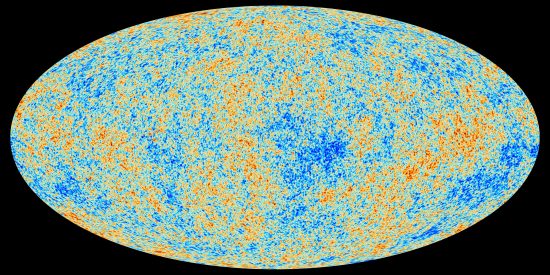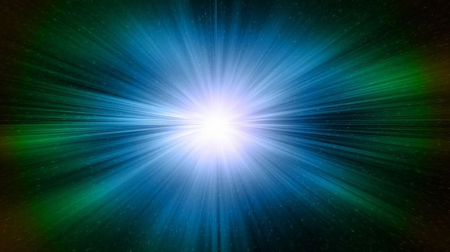May 29, 2017 – I’ve been watching “Genius” on the National Geographic channel with this first season dramatizing the life of Albert Einstein. If you haven’t caught the program and want to get a feel for the man behind the wild-haired iconic genius, I highly recommend the program.
Of course, Einstein’s explanation of what is light, both a particle and a wave, (described as wave-particle duality) get discussed on a number of occasions. And exactly what does Einstein tell us about light?
- In a vacuum, light travels at 299,792 kilometers (186,000 miles) per second. That means light from the Sun takes on average about 8.3 minutes to reach us here on Earth. So if the Sun were to wink out as I write these words, we wouldn’t know it until approximately 8 minutes later. And if we were on Mars we wouldn’t know it for almost an additional 5 minutes after passing Earth.
- The theory of general relativity reinforces the notion that light speed is a constant which produces some interesting thought exercises such as:
- If we were to travel in a spacecraft at the speed of light from the perspective of those watching us from Earth time would continue to tick by, but for us time would slow down and stop, and upon our return to Earth we wouldn’t have aged at all while those who stayed on the planet would be much older.
- Or if we were to exceed the speed of light then theoretically time would go backward.
But our understanding of the constancy of light is being shaken by questions scientists pose to better understand how the Universe looks today and what it may have been like the moment of its birth, the Big Bang.
Cosmologists look at the Universe today and question inflation after the Big Bang because they don’t understand the uniformity they see in the background temperature of space. From one end of the observable Universe to the other, there is no variance. This calls into question the moment of the Big Bang itself with light traveling out from the centre to the outer edge traveling at a constant speed. Why aren’t there pockets of the Universe warmer than other areas? The only way uniformity can exist is if light energy exchanges occurred throughout space from the beginning. But light traveling in one direction from the Big Bang could never exchange energy with light traveling in the opposite direction. So space’s background temperature should not be uniform because there would no opportunity for energy exchanges to create it.

The cosmological puzzle of uniformity of background temperatures has brought into question Einstein’s theory that light travels at a constant speed and has done so forever. New hypotheses suggest inflationary theories of the Universe after the Big Bang may be wrong and that light, at the moment of the Big Bang, the beginning of space-time, traveled at near infinite speed.
Niayesh Afshordi, Associate Professor, University of Waterloo, is one of a number of physicists who suggest that in going back to a point when the Universe was hot just after the Big Bang, temperatures would have been ten thousand trillion degrees Celsius. Under such conditions light may have behaved far differently.
Afshordi isn’t questioning the observable speed of light as we know it today. He and others argue that the only explanation for what we are observing through the data our telescopes and satellites are collecting today, suggests a very different model. Light may very well have traveled at very different speeds in the past.
Other physicists also look at the voids in the Universe, areas that appear empty, and speculate that they aren’t as they appear, that they are packed with particles in altering states caused by quantum fluctuations. They propose that quantum fluctuations slow the speed of light.
And in fact, physicists from the University of Glasgow and Heriot-Watt in laboratory experiments have demonstrated that a single photon of light can be slowed down in a vacuum by having it travel on an oval track. Doing this the researchers demonstrated light speed diminished over a distance and time by a fraction of a millimeter. That’s something that would have had Einstein doing some real head scratching.
Further experimentation on the theoretical limits of the speed of light will be put to the test when the James Webb telescope is launched next year and we will for the first time see back 13.5 billion years to the beginning of space-time. That should make for some interesting new takes on cosmology and our understanding of the Big Bang and the properties of light as an inconstant or constant.









